On-Demand: Introduction to Nonsterile Pharmaceutical Compounding
-
Content: 9 Sections, 35 lessons
-
Quizzes: 6
-
Time: 15-credit hour (1.5 CEU)
Why should I take this course?
How to Navigate Our Introduction
to Nonsterile Compounding Course
Laboratory Basics | 0.5hr
-How to calibrate, clean, and use a scale
-Introduction to common laboratory equipment
-What to do in case of spills
Understanding and Interpreting
CoAs and SDSs | 1hr
-How to use and interpret SDS documents
Dosage Forms – Solutions, Suspensions, and Foams | 2hr
Discuss considerations for the formulation of solutions, suspensions, and foams and compound the below:
-Riboflavin Oral Suspension
-Pyridoxine HCl Sublingual Solution
-Minoxidil and Caffeine Foam
-Aspirin Anhydrous Suspension
Introduction to USP <795> and USP <800> | 1.5hr
-Discuss recent changes to USP <795>
Gels and Creams + Understanding the Role of Solvents + Ointment Mills |
2.5hr
Discuss considerations for the formulation of creams and gels and compound the below:
-Cozenzyme Q10 in Cleoderm
-Hydrocortisone/Vitamin E Cream
-Niacinamide/Metronidazole Cream
-Tetracaine HCl Nasal Gel
Ointments | 1.5hr
-BLT in Versatile
-BLT in Jelene
-PM 140 and Mill
-Make your own PEG Ointment
Capsules and Calculating Pack Stats and Variance |
2hr
Perform a pack stat and use that to calculate a capsule formulation. Calculate variance after compounding: Biotin SR Capsules
Water activity and understanding preservatives | 0.5hr
-BLT in Versatile
-BLT in Jelene
-PM 140 and Mill
-Make your own PEG Ointment
Troches and Suppositories |
2hr
Discuss considerations for the formulation of troches and suppositories and compound the below:
Veterinary Compounding and GFI 256 + Packing Dosage Forms | 1.5hr
-PLO Gel – Diphenhydramine
Each section will have downloadable slides and formulas so you can follow along.
At the end of the course, you will receive a Certificate of Completion as well as a Competency Checklist, detailing what you should be familiar with by the end of the course.
Upon completing the course, you will be able to view a link to claim your CE credit!
Course Lesson
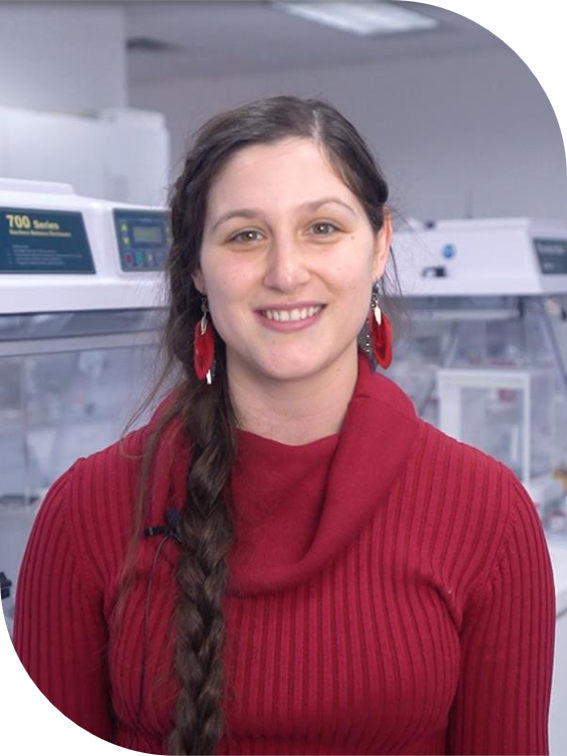
Sarah Taylor, PharmaD
Sarah attended undergrad at St. Olaf College in Northfield where she majored in chemistry and worked in a lab synthesizing dendrimers for possible use as pharmaceutical delivery molecules. It was there that she first developed an interest in pharmacy. She graduated from St. Olaf and pursued her interest in pharmacy at the University of Minnesota College of Pharmacy. During school, she began working at a compounding pharmacy utilizing her chemistry and pharmacy background to develop formulas for a myriad of pharmaceutical dosage forms and applications. After graduation, she continued to work at the compounding pharmacy for a total of 5 years. She uses this experience to help with her current position as the manager of Fagron Academy. Her favorite types of compounds to make include tablet triturates and gummies.
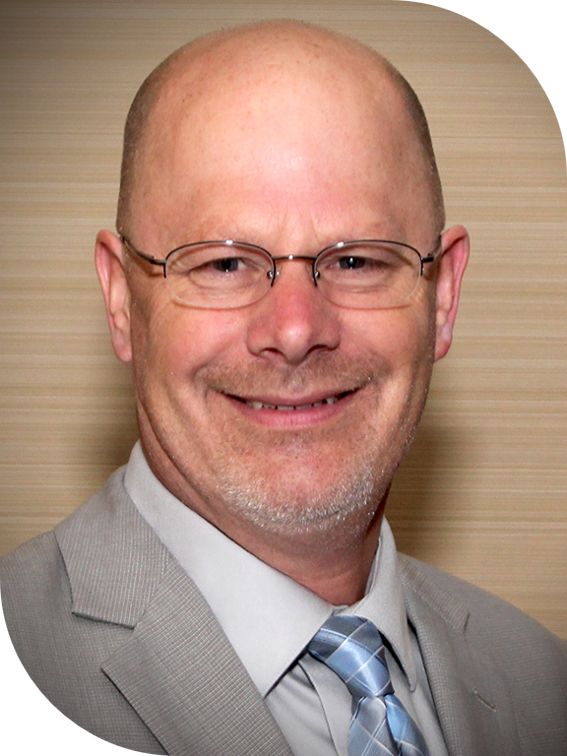
Clark Zander
Clark received his BS Degrees in Biology and Secondary Education from Concordia College, at Moorhead, Minnesota in 1988. He entered the world of pharmaceutical compounding quickly and has remained a vital participant in the development of innovative compounding components ever since. Clark's long-term experience working intimately with pharmacists to recognize and repair the concerns of their patients has driven his development of vehicles that benefit those preparing and using compounded medications through development of specialized creams, in particular. He has also worked with multiple manufacturers to inform the development of compounding equipment so that the needs of the compounding pharmacist are met. Clark's, expertise has recently been leveraged to support a growing global interest in compounding practices. Through research and intimate knowledge of actual practice challenges, Clark has been instrumental in raising the bar for compounding vehicles to ensure that they are free from objectionable ingredients while maintaining their reliability, ease-of-use, and stability. He brings exceptional problem-solving experience to individuals participating in the practical knowledge provided by Fagron Academy training programs.
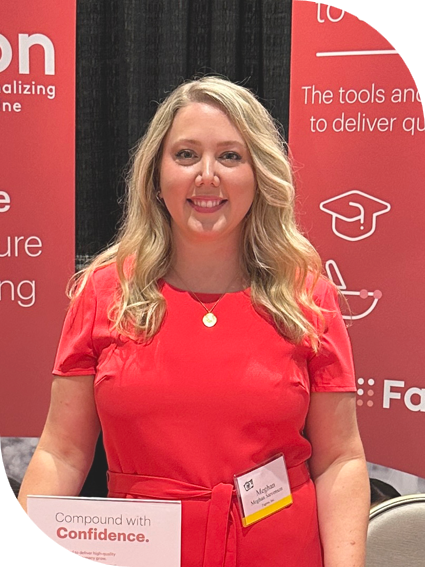
Meghan Stevenson
Meghan studied Biology and Chemistry at Athens State University. During this time Meghan worked retail pharmacy as a certified pharmacy technician then proceeded to become lab director for a compounding pharmacy in her hometown of Huntsville, Alabama. Her responsibilities included daily operations, quality control, formulation development, and training 4th year pharmacy students during rotations. After 9 years of retail pharmacy, Meghan made the move to Letco Medical where she has been a part of the compounding support staff for over 10 years. Outside of work, Meghan enjoys traveling with her husband and two children.
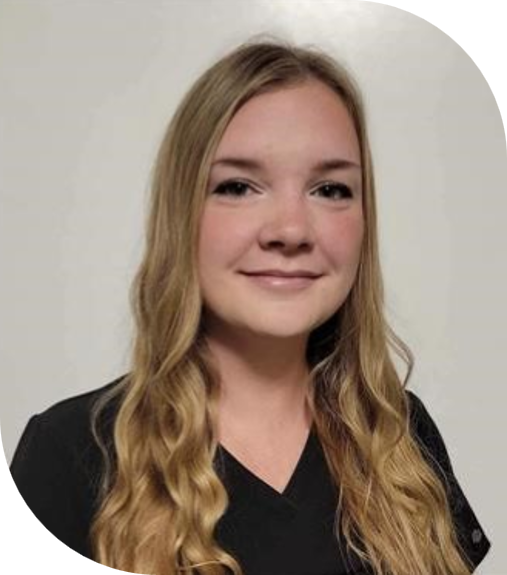
Andrea Engstrom, CphT
Andrea attended the University of Minnesota in pursuit of an Animal Science Degree. During that time, she started working at a retail pharmacy where she advanced to become a Senior Certified Pharmacy Technician. After several years in a retail pharmacy, Andrea found her passion for non-sterile compounding and began working for a pharmacy that doubled as a retail and compounding pharmacy. This pharmacy specialized in a variety of compounds for human and veterinary use. Andrea has a love for animals and her favorite compounds to create are anything for veterinary use including chews, suspensions, topicals, and capsules. Outside of work, she spends a lot of time with family at her family's cabin exercising her creativity through painting and other crafts.
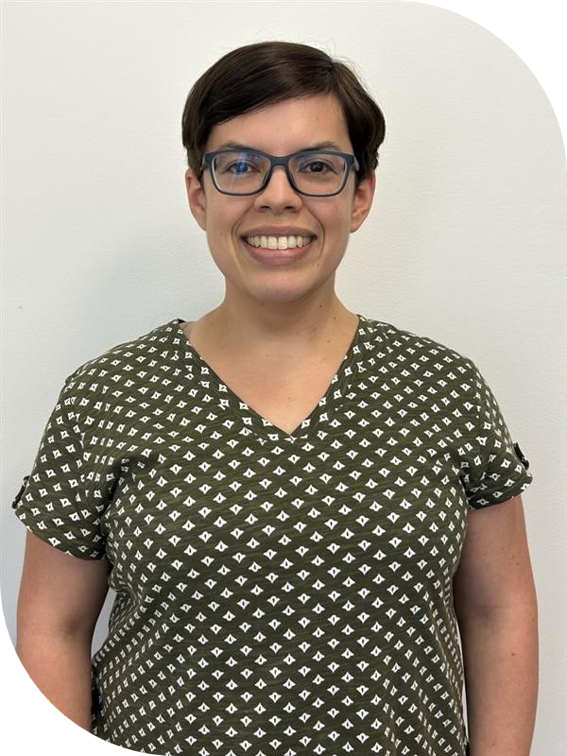
Daisy Huerta, CphT
Daisy attended undergraduate studies at the University of Houston majoring in Business Administration and French. Her goal was to work in international business, but everything changed when she started working at a compounding pharmacy that specialized in bio-identical hormones. Daisy has worked as a compounding technician, a lead technician, a supervisor of a non-sterile laboratory, as well as part of a research and development team. She joined Fagron's Compounding Support Specialists team in 2023. Daisy enjoys baking, Jazzercise, reading, and traveling.
